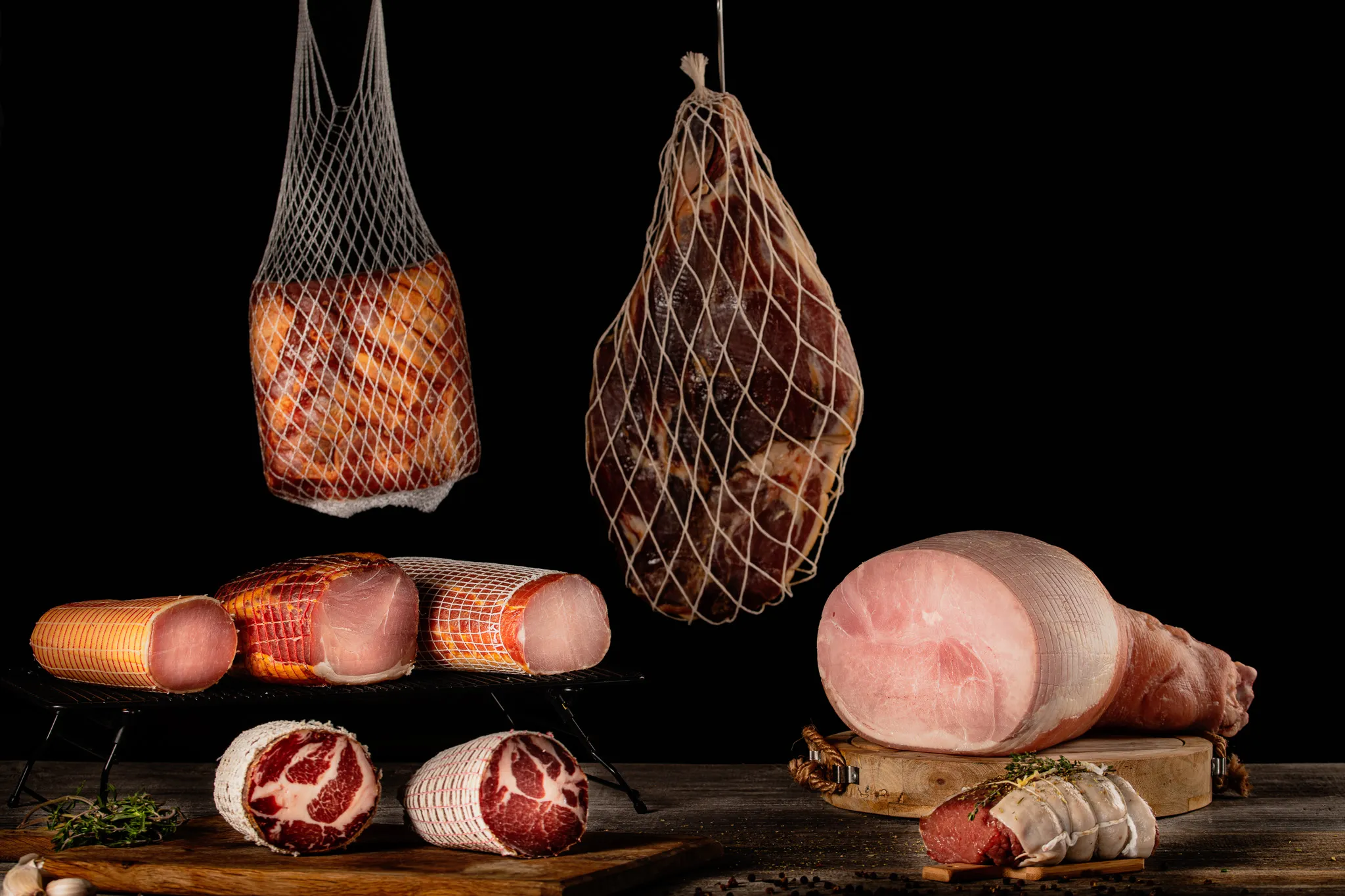When it comes to cooking meat, whether it’s a succulent roast or a juicy steak, one common concern is the shrinkage and loss of meat during the cooking process. However, there is a simple yet effective solution that can help mitigate this issue: meat netting. Meat netting is a versatile tool used in the food industry that plays a significant role in reducing meat shrinkage and loss, ensuring that your cooked meat retains its shape, moisture, and flavor. Let’s delve deeper into the role of meat netting and how it achieves these desirable outcomes.
Meat netting is a specially designed net made from various materials, such as cotton, polyester, or elastomer, which is used to encase meat during the cooking process. The netting acts as a supportive layer, holding the meat together and preventing it from contracting excessively during cooking. This is particularly beneficial when cooking large cuts of meat, such as roasts, as it helps maintain the shape and integrity of the meat.
One of the primary reasons meat shrinks during cooking is the loss of moisture. As the meat heats up, the proteins contract, expelling moisture in the process. The netting helps to minimize this moisture loss by creating a barrier that holds the meat firmly in place, preventing excessive moisture evaporation. By retaining more moisture, the meat remains juicier and more succulent, resulting in a more enjoyable dining experience.
Furthermore, the meat netting acts as a protective layer that helps to distribute heat evenly across the surface of the meat. This uniform heat distribution ensures that the meat cooks more evenly, reducing the risk of overcooking in certain areas while undercooking in others. The netting creates a barrier between the meat and direct heat, allowing for more controlled and even cooking throughout.
In addition to reducing shrinkage and promoting even cooking, meat netting also provides practical benefits during the cooking process. It helps to hold stuffing, herbs, or other flavorings in place, enhancing the taste and presentation of the cooked meat. Moreover, when using netting for meats that are delicate or have a loose structure, such as poultry or rolled cuts, it provides structural support, preventing the meat from falling apart or losing its shape during cooking.
It is important to note that there are different types of meat netting available, each with its own unique properties and applications. Some netting is designed for use in specific cooking methods, such as rotisserie or oven roasting, while others are more suitable for smoking or curing processes. It is crucial to choose the appropriate netting based on the specific cooking technique and the type of meat being prepared to achieve optimal results.
In conclusion, meat netting serves a vital role in reducing meat shrinkage and loss during the cooking process. By providing support, moisture retention, and even heat distribution, it helps to preserve the shape, juiciness, and flavor of cooked meat. Whether you’re preparing a delectable holiday roast or a gourmet sausage, meat netting can be a valuable tool in your culinary arsenal. So next time you’re in the kitchen, consider incorporating meat netting to elevate your cooking and ensure that your meat retains its succulence from the first bite to the last.
